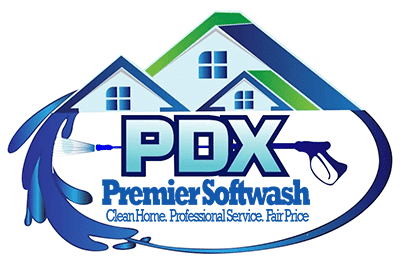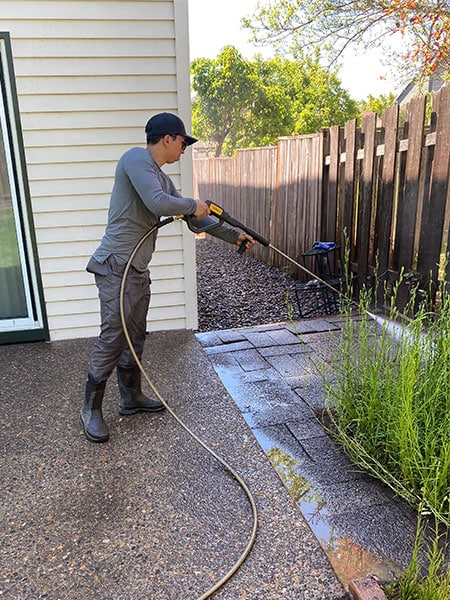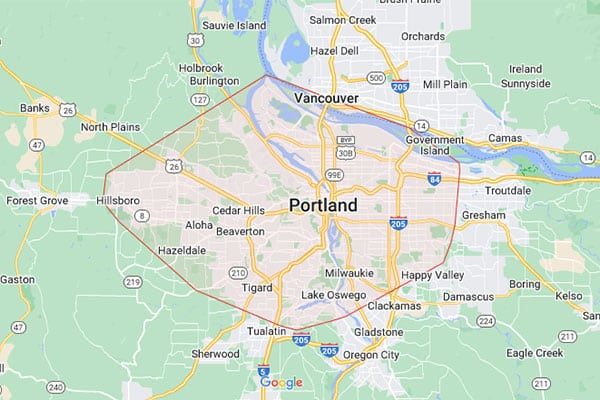Delving into a DIY roof cleaning project can be a great way to maintain your home’s appearance and longevity. However, without the right knowledge and preparations, this task can quickly turn into a perilous endeavor or result in damage to your property. In this guide, we’re going to walk through the common pitfalls of DIY roof cleaning and how to avoid them, ensuring your safety and the integrity of your roof.
1. Skipping Safety Equipment
Embarking on a DIY roof cleaning without proper safety equipment is a recipe for disaster. It’s tempting to just climb up there and start, but the risks far outweigh the time saved. Safety harnesses, non-slip shoes, and gloves are not optional; they are necessary. These items protect you from falls, slips, and other injuries, which are more common than most people realize in roof work. Remember, a fall from even a low roof can lead to serious injury. Investing in the right safety equipment is investing in your own well-being.
2. Overlooking Roof Inspection
Before you even think about cleaning solutions or techniques, a thorough roof inspection is a must. This step is crucial to identify any pre-existing damage, like loose tiles or weak points, that could be aggravated by cleaning. An unchecked damaged roof could cave under pressure, leading to more significant problems than dirt or moss. This initial step ensures that you are addressing all aspects of roof maintenance, not just the aesthetics.
3. Choosing the Wrong Cleaning Solutions
The marketplace offers a myriad of cleaning solutions, each promising the best results. However, the wrong choice can damage your roof materials, especially if you own a more delicate roofing type, like asphalt shingles or tiles. Harsh chemicals can strip away protective coatings, leading to quicker wear and tear. Research and choose a cleaner that is compatible with your roofing material to ensure a thorough clean that does not compromise the integrity of your roof.
4. Using Too Much Pressure
When faced with stubborn grime, the instinct might be to crank up the pressure washer to its highest setting. However, excessive pressure can be destructive, blasting away granules from shingles, eroding tile surfaces, or even causing water to seep into vulnerable areas. It’s essential to use a gentle approach, letting the cleaning agents do the heavy lifting and using just enough water pressure to rinse away the debris without causing damage.
5. Ignoring Manufacturer’s Instructions
Overlooking the manufacturer’s guidelines for both the cleaning solution and your roofing material can spell trouble. These instructions are provided for a reason—to ensure that you clean effectively without causing harm. The recommendations include the appropriate ratio of solution to water, the correct pressure setting for washing, and the ideal weather conditions for the task. Stick to the guidelines to avoid any unintended damage to your roof.
6. Neglecting Gutter Cleaning
Cleaning your roof but ignoring the gutters is like washing your hands and not drying them; the job is only half done. Gutters clogged with leaves, twigs, and debris can cause water to back up and damage your roof, the very structure you’re trying to protect. Ensuring your gutters are clear before you begin roof cleaning prevents water damage and complements your overall maintenance effort.
7. Disregarding Personal Health
Focusing so much on the health of your roof that you forget about your own is a grave mistake. Roof cleaning involves exposure to chemicals, heights, and potentially hazardous materials like mold and mildew. Wearing protective clothing, masks, and ensuring proper ventilation when using chemical cleaners are steps that safeguard your health. Taking these precautions helps prevent respiratory issues, skin irritation, and other health-related problems.
8. Forgetting to Protect Landscaping
The overspray or runoff from roof cleaning can wreak havoc on your landscaping, stripping leaves of their protective layer or introducing harmful chemicals to the soil. Before beginning your project, take measures to cover sensitive plants and grass or reroute runoff to prevent it from pooling in undesirable areas. A little foresight can save you from the heartache of damaged or dead plants.
9. Not Planning for Waste Water Management
The aftermath of roof cleaning isn’t just about a sparkling roof but also managing the waste water and debris that come with the process. Without a proper plan for waste water management, you could be violating local regulations, harming the environment, or even damaging your property. Consider where this waste water will go and how you can filter or treat it before it enters storm drains or your garden to avoid these issues.
10. Underestimating the Job’s Difficulty
Many homeowners dive into DIY roof cleaning underestimating its difficulty and the time it requires. This misjudgment can lead to rushed jobs, cutting corners, or even abandoning the project midway through. Assess the scope of the project realistically, consider your own capabilities and limits, and be prepared to dedicate the appropriate time and effort to complete the job safely and effectively.
11. Ignoring Weather Conditions
The weather plays a crucial role in the success of your roof cleaning project. Attempting this task in extreme heat, during a windy day, or when rain is imminent, can complicate your efforts or put your safety at risk. Ideally, choose a mild, overcast day without the threat of rain or strong winds. This not only makes for safer conditions but also prevents the cleaning solution from evaporating too quickly or being unevenly applied.
12. Going It Alone
DIY doesn’t mean you have to do it all by yourself, especially when it comes to a task as challenging and potentially dangerous as roof cleaning. Having a partner not only ensures an extra set of hands to make the work more manageable but also provides a safety net in case of accidents. Whether it’s passing tools, monitoring safety, or simply providing moral support, a little help can go a long way.












